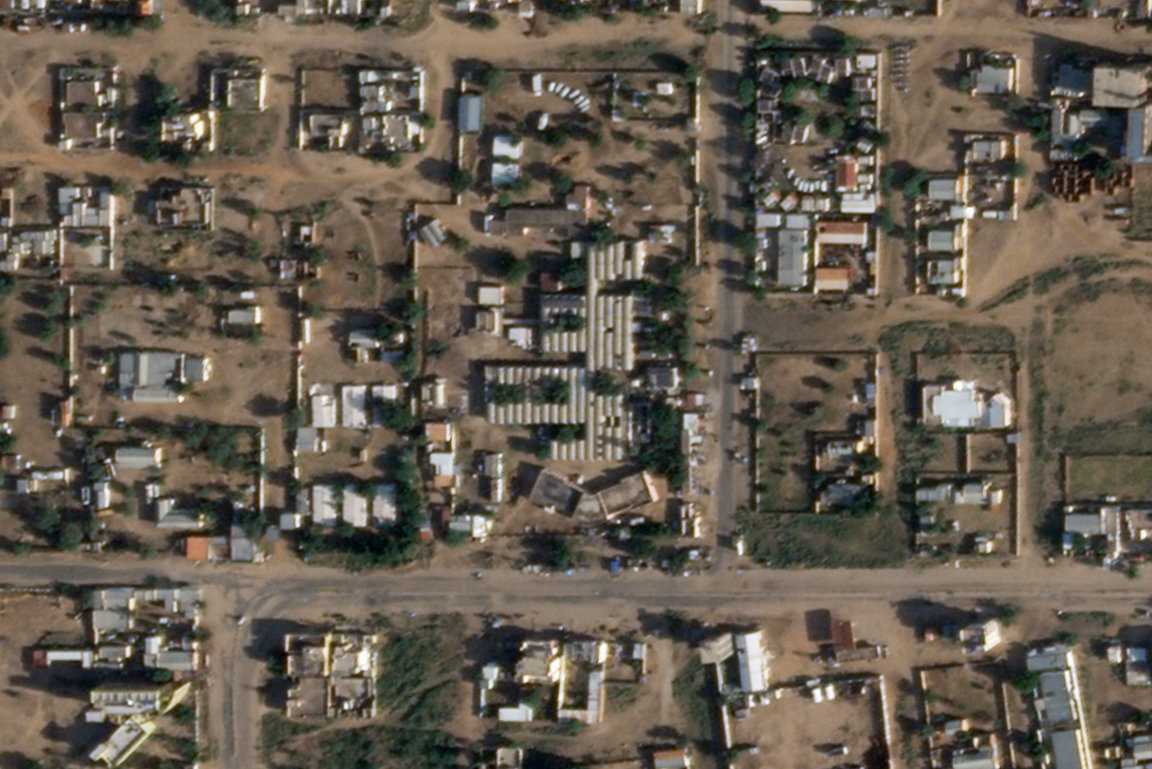
New satellite imagery indicates that mass killings may still be taking place in and around the Sudanese city of El-Fasher, according to a report released Friday by Yale University’s Humanitarian Research Lab—just days after the paramilitary Rapid Support Forces (RSF) captured the city.
The RSF seized El-Fasher on Sunday, ousting the Sudanese army from its last major stronghold in the Darfur region after an 18-month siege marked by relentless violence and a tightening blockade.
Since the city’s fall, eyewitness reports have described summary executions, sexual violence, looting, attacks on humanitarian staff, and abductions, while most communications remain cut off.
Yale researchers said new satellite images gave them reason to believe that large numbers of civilians may be “dead, captured, or in hiding.”
The lab identified at least 31 clusters of objects resembling human bodies between Monday and Friday, scattered across residential neighbourhoods, university grounds, and military facilities.
“Indicators that mass killing is continuing are clearly visible,” the report stated.
Survivors who escaped to the nearby town of Tawila told AFP harrowing accounts of civilians being executed, children shot in front of their parents, and people robbed and beaten as they fled.
Hayat, a mother of five, recounted how “young men travelling with us were stopped” by RSF fighters, adding, “we don’t know what happened to them.”
The UN reports that more than 65,000 people have fled, though tens of thousands remain trapped in the city. Before the final assault, El-Fasher’s population was estimated at 260,000.
The RSF claimed on Thursday that it had arrested several fighters accused of abuses, but UN humanitarian chief Tom Fletcher cast doubt on the group’s willingness to conduct serious investigations.
Both the RSF and Sudan’s regular army have been accused of committing war crimes since the conflict erupted in April 2023.
With El-Fasher now under its control, the RSF holds all five state capitals in Darfur, effectively splitting Sudan along an east–west front, with the army retaining control of the north, east, and central regions.



